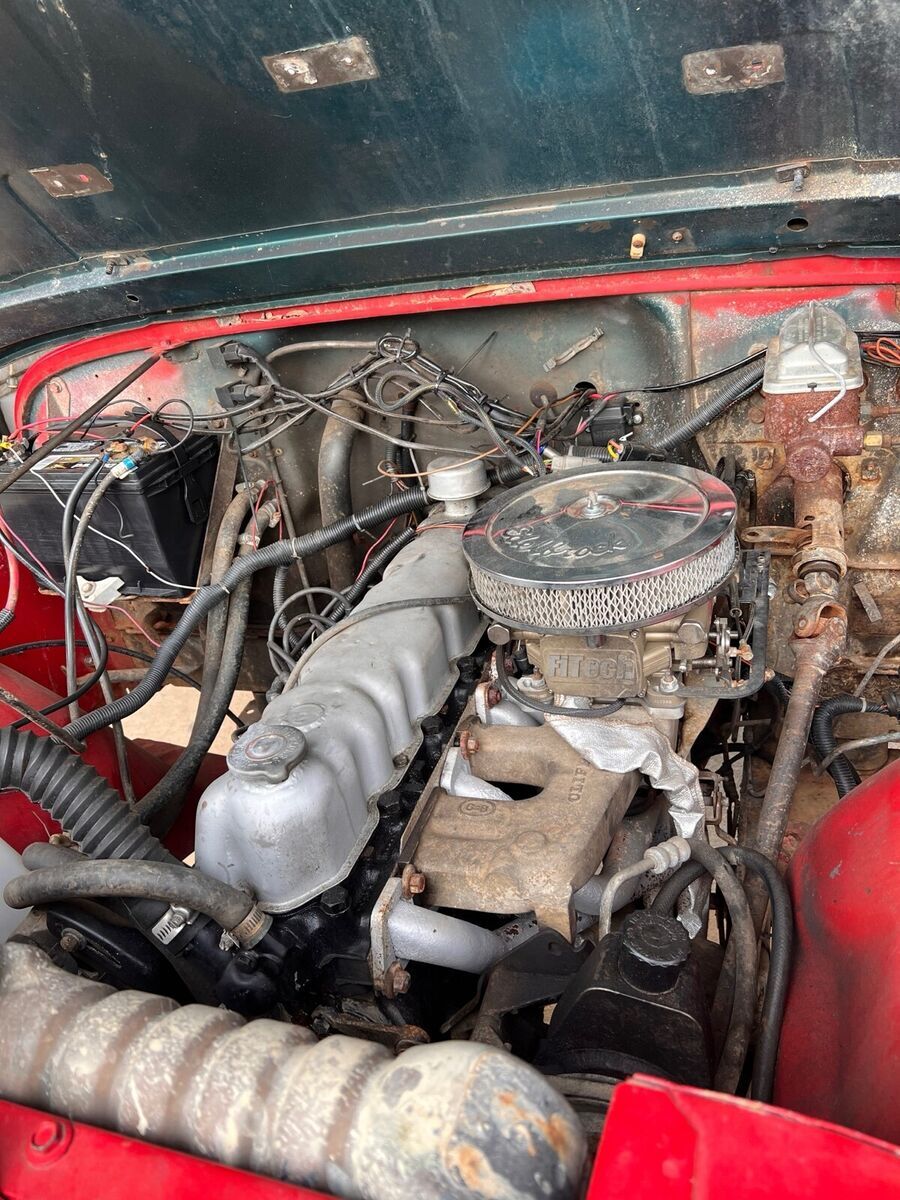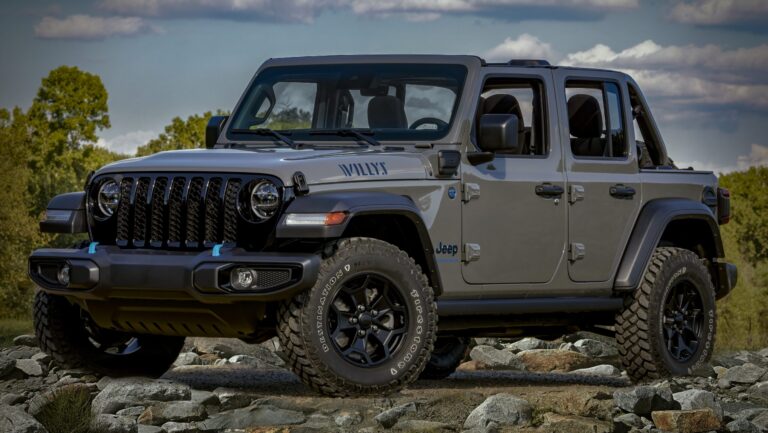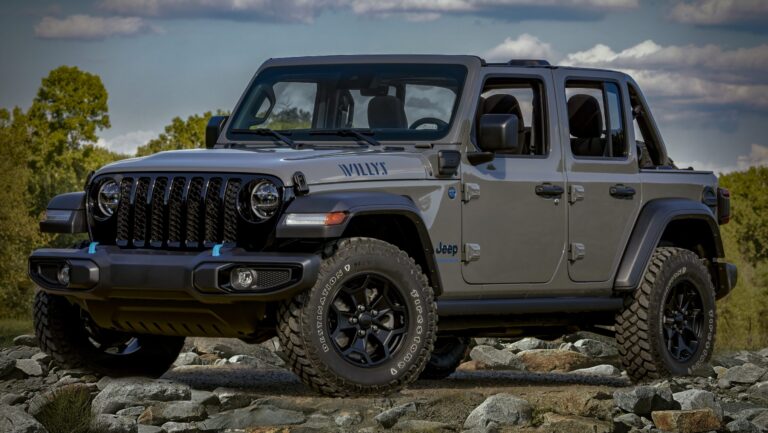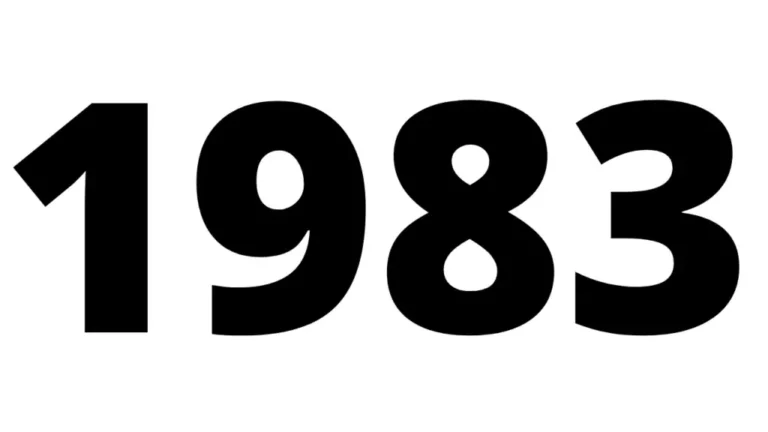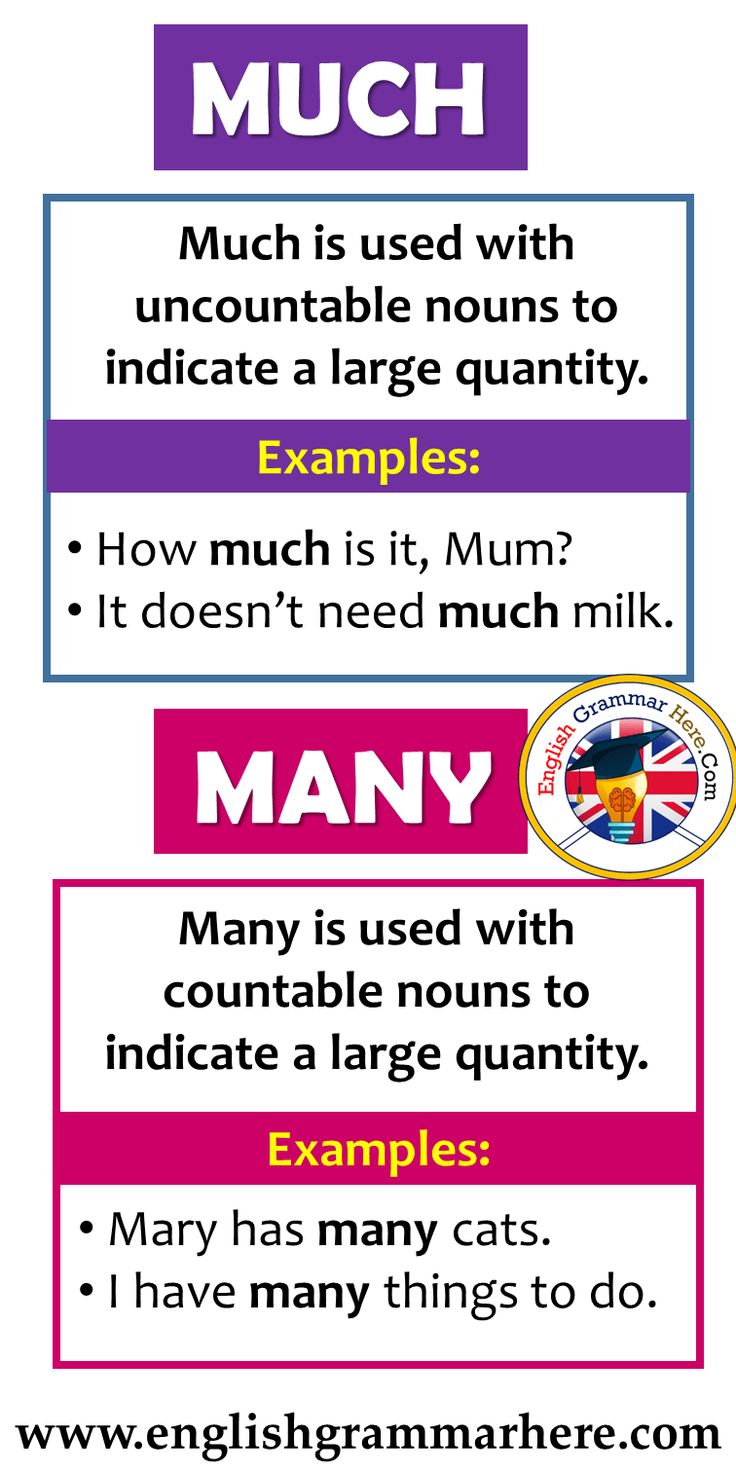Jeep CJ7 Automatic For Sale: Your Ultimate Buyer’s Guide
Jeep CJ7 Automatic For Sale: Your Ultimate Buyer’s Guide /jeeps.truckstrend.com
The roar of an engine, the feel of the open air, and an undeniable sense of adventure – few vehicles evoke these emotions as powerfully as the Jeep CJ7. For decades, this iconic off-roader has captured the hearts of enthusiasts and casual drivers alike. While many CJs were produced with manual transmissions, the "Jeep CJ7 Automatic For Sale" holds a special allure. It offers the classic, rugged charm of the beloved CJ7 combined with the convenience and ease of an automatic gearbox, making it a highly sought-after variant for those who desire both vintage appeal and a more relaxed driving experience.
This comprehensive guide is designed to navigate you through the world of the automatic CJ7, providing essential insights, practical advice, and everything you need to know before making this classic machine your own. Whether you’re a seasoned Jeeper or a newcomer eager to experience the legend, understanding the nuances of an automatic CJ7 is crucial for a successful and satisfying purchase.
Jeep CJ7 Automatic For Sale: Your Ultimate Buyer’s Guide
I. The Allure of the Jeep CJ7 Automatic: A Timeless Classic
Produced from 1976 to 1986, the Jeep CJ7 represents a pivotal era for the brand. It was the first significant redesign of the civilian Jeep in 20 years, offering a slightly longer wheelbase than its CJ5 predecessor, which improved ride quality and stability. This made it more appealing for general use while retaining its legendary off-road capabilities.
What truly sets the automatic CJ7 apart is its blend of old-school ruggedness with modern-day driving comfort. While the purists might argue for the manual, the automatic transmission (primarily the robust Chrysler TorqueFlite 999 or 904) significantly broadens the CJ7’s appeal. It eliminates the need for constant clutch modulation, making stop-and-go traffic far less strenuous and enhancing the off-road experience by allowing the driver to focus on steering and throttle control without worrying about stalling or clutch overheating on steep climbs. This ease of use makes the automatic CJ7 an excellent choice for a wider range of drivers, including those new to vintage vehicles or those looking for a more relaxed trail experience.
II. Key Features and Specifications to Look For
When searching for a Jeep CJ7 Automatic For Sale, understanding the various configurations and components is vital. These vehicles came with a range of options that can significantly impact their performance, value, and suitability for your needs.
-
Engine Options:

- AMC 258 I6 (4.2L): The most common and arguably the most beloved engine for the CJ7. Known for its torque, reliability, and ease of maintenance, it’s an excellent choice for both daily driving and off-road adventures.
- AMC 304 V8 (5.0L): Less common, but offers more horsepower and a classic V8 rumble. Often found in earlier models.
- AMC 360 V8 (5.9L): A powerful, but rarer, factory option, typically paired with the more robust TH400 automatic transmission.
- (Note: The 150 I4 (2.5L) was also available in later models, but is less common with automatics and generally less desirable for power.)
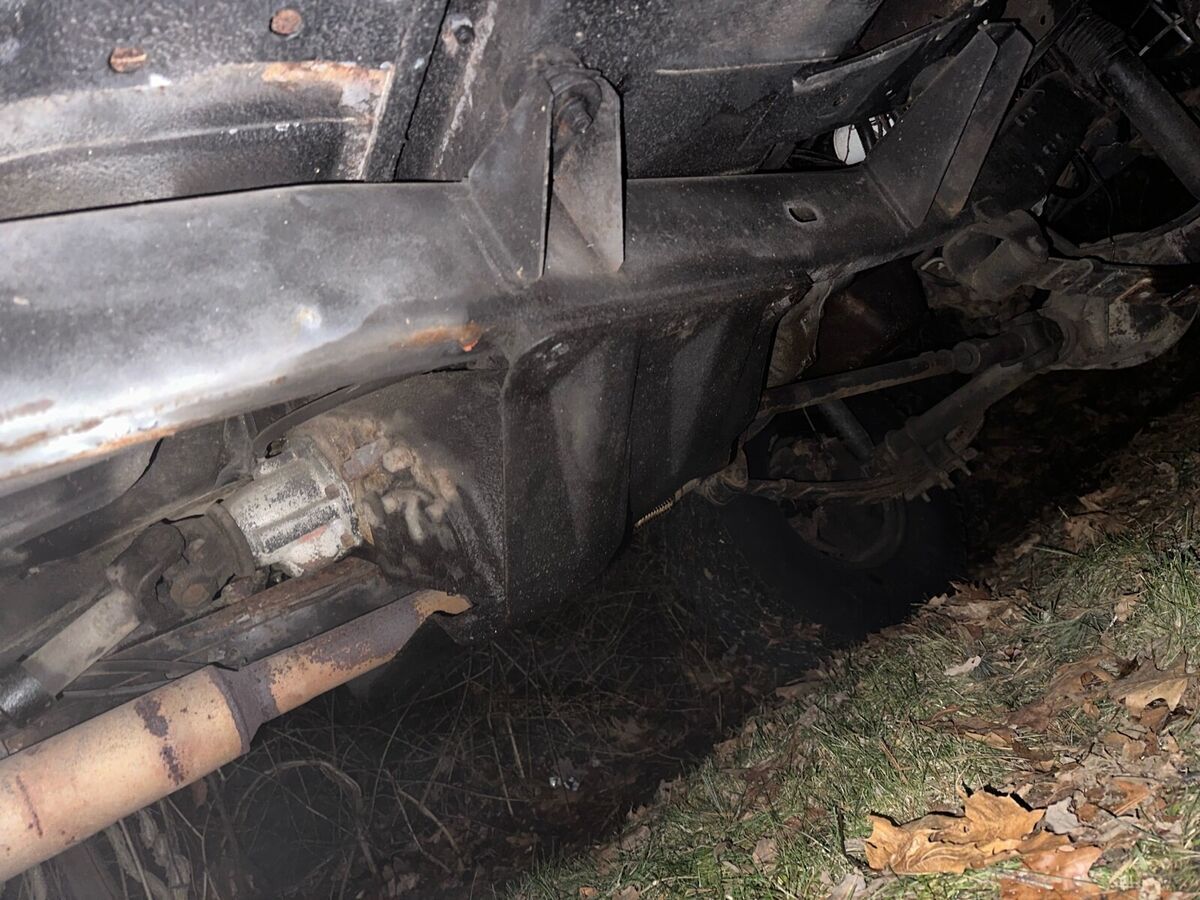
-
Automatic Transmissions:
- Chrysler TorqueFlite 999 (TF-999): The most common and highly regarded automatic transmission for the 258 I6. It’s a three-speed, highly durable, and relatively simple unit.
- Chrysler TorqueFlite 904 (TF-904): A lighter-duty version, often paired with the smaller 4-cylinder engines or earlier 6-cylinders. Still reliable but less robust than the TF-999.
- GM Turbo Hydramatic 400 (TH400): A heavy-duty, extremely robust three-speed automatic, typically found only behind the larger V8 engines.
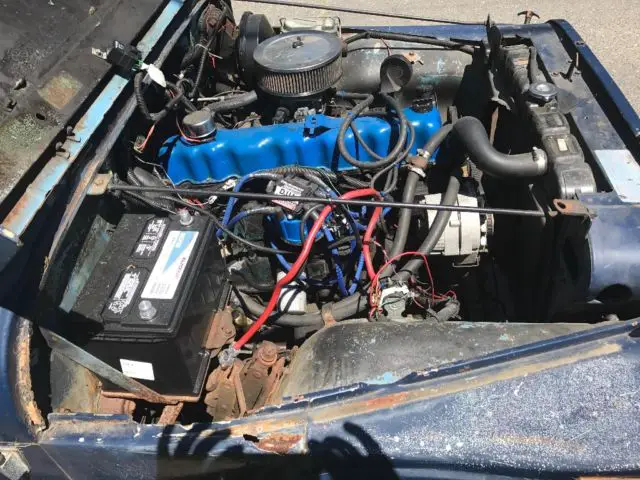
-
Transfer Cases: These units distribute power to the front and rear axles, enabling 4WD.
- Dana 20: Found in earlier models, known for its strength but typically has a higher low-range ratio (2.03:1).
- Dana 300: Introduced in 1980, this is generally preferred due to its lower low-range ratio (2.62:1) for better crawling and its independent front/rear output shafts.
- Quadra-Trac (Borg-Warner 1305/1339): A full-time 4WD system, less common and sometimes prone to issues if not maintained properly.
-
Axles:
- Dana 30 (Front): Standard on all CJ7s.
- AMC 20 (Rear): Standard on most CJ7s. While adequate, it has a reputation for weaker axle tubes that can bend or "peel" under heavy stress, especially with larger tires or powerful engines. Many owners upgrade this.
- Dana 44 (Rear): A highly desirable upgrade, stronger and more robust than the AMC 20, found on some factory models (e.g., Golden Eagle, Laredo) or as aftermarket swaps.
-
Body Styles & Trims: CJ7s came with removable hardtops, soft tops, full doors, and half doors. Various trim packages like Laredo, Renegade, Golden Eagle, and Jamboree offered different aesthetics and features.
III. Benefits of Owning an Automatic CJ7
Beyond its classic appeal, an automatic CJ7 offers several practical advantages:
- Ease of Driving: This is the primary benefit. For daily commutes, long drives, or simply navigating city traffic, the automatic transmission makes the CJ7 much more enjoyable and less fatiguing.
- Enhanced Off-Road Capability: For technical off-roading, an automatic allows for smoother power delivery and finer throttle control without the need to manage a clutch. This is particularly beneficial for rock crawling or steep ascents/descents, reducing driver fatigue and increasing control.
- Broader Appeal: The automatic option makes the CJ7 accessible to a wider range of drivers, including those who may not be comfortable with a manual transmission or have physical limitations.
- Strong Resale Value: Well-maintained CJ7s, especially desirable automatic models, tend to hold or even appreciate in value, making them a potentially sound investment.
- Customization Potential: The CJ7 is a blank canvas for modifications. Whether you want to restore it to original glory, build a hardcore off-roader, or create a comfortable cruiser, parts and aftermarket support are abundant.
IV. What to Consider Before Buying: Important Checks
Purchasing a vintage vehicle like a CJ7 requires a thorough inspection. Neglecting these checks can lead to significant headaches and expenses down the line.
- Rust: The Ultimate Deal Breaker. This is the single most critical factor. CJ7s are notorious for rust.
- Frame: Inspect the frame meticulously, especially around the spring hangers, body mounts, shackle mounts, and where the frame rails curve upwards over the axles. Look for cracks, flaky rust, or previous patch jobs. A rusty frame can be incredibly expensive to repair or replace.
- Body: Check floor pans (especially under the seats and footwells), rocker panels, fender wells, tailgate, and the area around the windshield frame. Surface rust is manageable, but extensive rot is a red flag.
- Engine Condition:
- Look for leaks (oil, coolant).
- Listen for unusual noises (knocking, ticking, grinding).
- Check for excessive smoke from the exhaust (blue for oil, white for coolant, black for fuel).
- Inspect the cooling system (radiator, hoses, water pump).
- Transmission Health:
- Fluid: Check the transmission fluid level and color. It should be bright red, not brown or black, and shouldn’t smell burnt.
- Shifts: During a test drive, note if shifts are smooth and timely. Any slipping, harsh engagement, or delay indicates potential problems.
- Leaks: Check for fluid leaks around the transmission pan and bell housing.
- Transfer Case and Axles:
- Engage 4WD (both high and low range) to ensure it shifts smoothly and the system engages properly.
- Listen for grinding or clunking noises.
- Check for fluid leaks from the differentials and transfer case.
- Steering and Suspension:
- Steering Play: Excessive play in the steering wheel indicates worn components (steering box, tie rods, drag link).
- Suspension: Look for worn bushings, cracked leaf springs, or leaky shocks.
- Electrical System: Test all lights (headlights, tail lights, turn signals), gauges, wipers, and heater/AC (if equipped). Wiring issues are common in older vehicles.
- Documentation: Request the title, service records, and any history of major repairs or modifications. A clean title is essential.
- Test Drive: Always test drive the vehicle on various surfaces (pavement, bumps, maybe even some light dirt if possible). Listen for noises, feel for vibrations, and assess overall drivability.
V. Navigating the Market: Where to Find Your CJ7 Automatic
Finding the right Jeep CJ7 Automatic For Sale requires patience and knowing where to look.
- Online Marketplaces:
- Craigslist and Facebook Marketplace: Great for local listings, often from private sellers. Be prepared for a wide range of conditions and prices.
- eBay Motors: Offers a broader geographical reach, often with more detailed listings and sometimes vehicles that have undergone some restoration.
- Classic Car Sales Websites: Sites like Hemmings, ClassicCars.com, or Bring a Trailer (for high-end, well-documented examples) can be excellent resources.
- Dedicated Forums and Social Media Groups: Join Jeep CJ-specific forums or Facebook groups. Enthusiasts often sell their vehicles directly within these communities, and you can tap into a wealth of knowledge for advice.
- Classic Car Dealerships: While prices might be higher, dealerships specializing in classics often offer vehicles that have been inspected or restored, providing a degree of reassurance.
- Auctions: Live or online auctions can sometimes yield a good deal, but require quick decision-making and a thorough understanding of condition beforehand.
- Word of Mouth: Let friends, family, and local mechanics know you’re looking. You might stumble upon a hidden gem.
Crucial Advice: Regardless of where you find your CJ7, always arrange for a pre-purchase inspection (PPI) by a reputable mechanic familiar with vintage Jeeps. This is the best investment you can make to uncover potential hidden issues.
VI. Tips for a Successful Purchase
- Set a Realistic Budget: Factor in not just the purchase price, but also potential immediate repairs, upgrades, registration, and insurance.
- Be Patient: Don’t rush into a purchase. The right CJ7 will come along.
- Don’t Be Afraid to Walk Away: If something feels off, or the seller is evasive, it’s better to pass than to regret a bad purchase.
- Negotiate: Most prices for used classic vehicles are negotiable. Do your research on comparable sales.
- Get it Inspected: Reiterating this because it’s paramount.
- Factor in Transportation: If buying out of state, consider the cost and logistics of shipping or driving the vehicle home.
VII. Potential Challenges and Solutions
While owning an automatic CJ7 is incredibly rewarding, be aware of common challenges:
- Rust Repair: This is the biggest challenge. Solutions range from patching small areas, replacing floor pans, or, in severe cases, replacing the entire body tub or frame. Professional welding is often required.
- Parts Availability: While many mechanical parts (engine, transmission, drivetrain) are still readily available due to strong aftermarket support, specific trim pieces, interior components, or unique factory options can be harder to source. Online forums and specialized salvage yards are your best bet.
- Fuel Economy: CJ7s, especially with the 6-cylinder or V8 engines and older carburetor technology, are not fuel-efficient by modern standards. Budget accordingly.
- Safety Features: Modern safety features like airbags, ABS, and advanced crumple zones are absent. Drive defensively and consider upgrades like better brakes or seatbelts if desired.
- Maintenance: These are older vehicles and require regular attention. Be prepared for routine maintenance and occasional repairs. A basic understanding of automotive mechanics or a good relationship with a trusted mechanic is invaluable.
- Modifications: Many CJ7s have been modified over the years. Assess the quality of any modifications. Poorly executed lifts, engine swaps, or wiring jobs can create more problems than they solve.
Price Table: Jeep CJ7 Automatic For Sale (Estimated Ranges)
Please note: Prices are highly variable based on location, specific engine/transmission, mileage, originality, and the extent of any restoration or modifications. This table provides a general guideline.
| Condition Tier | Description | Estimated Price Range (USD) | Key Considerations |
|---|---|---|---|
| Project/Poor | Significant rust, non-running or major mechanical issues, incomplete. Requires extensive work. | $3,000 – $8,000 | For experienced DIY mechanics; budget for full restoration or major repairs; may lack clear title. |
| Fair | Running but needs significant mechanical or cosmetic work. Visible rust, worn interior, minor leaks. | $8,000 – $15,000 | Good starting point for a moderate restoration; expect to spend considerable time/money on improvements. |
| Good | Driver quality. Minor rust, mechanically sound but not perfect. May have some aftermarket modifications. | $15,000 – $25,000 | Can be driven immediately; will likely need some ongoing maintenance and cosmetic refreshes. |
| Excellent | Well-maintained, minimal rust, strong mechanicals, clean interior. May have high-quality modifications. | $25,000 – $40,000+ | Ready to enjoy with minimal fuss; typically well-documented; desirable for collectors or those wanting a reliable classic. |
| Show Quality/Restored | Professionally restored to original or better-than-original condition. Flawless paint, interior, and mechanics. | $40,000 – $70,000+ | Top-tier investment; often found at specialty dealerships or auctions; less common for daily driving. |
(Note: Highly desirable configurations like a rust-free Laredo or Golden Eagle with a V8 and Dana 44 axles can command prices at the higher end of these ranges or even exceed them.)
Frequently Asked Questions (FAQ)
Q: Are automatic CJ7s reliable?
A: Yes, the automatic transmissions (especially the TF-999) used in CJ7s are generally very reliable and robust if properly maintained. The engines (AMC 258 I6) are also known for their longevity. However, like any vintage vehicle, they require consistent maintenance.
Q: What’s the best engine for an automatic CJ7?
A: The AMC 258 I6 (4.2L) is widely considered the best balance of power, reliability, and fuel economy (for a CJ7). It has excellent low-end torque, which pairs well with the automatic transmission for off-roading. The V8s offer more power but are less common and typically less fuel-efficient.
Q: Can I daily drive an automatic CJ7?
A: While possible, it depends on your expectations. Automatic CJ7s are more comfortable for daily driving than manuals, but they still lack modern safety features, ride comfort, and fuel efficiency. They are best suited for those who appreciate a classic driving experience and are willing to accept its quirks.
Q: How much does it cost to maintain a CJ7?
A: Maintenance costs vary greatly. Basic upkeep is relatively inexpensive due to readily available parts. However, major repairs (e.g., rust remediation, engine rebuilds) can be costly. Budget for regular oil changes, fluid checks, and addressing minor issues before they become major problems.
Q: Are parts hard to find for CJ7s?
A: For mechanical components and common body panels, parts are generally easy to find thanks to a strong aftermarket industry. Specific trim pieces, unique factory options, or interior components can sometimes be challenging to source, but online communities and specialized suppliers are good resources.
Q: What’s the difference between a CJ7 and a YJ/TJ Wrangler?
A: The CJ7 is the direct predecessor to the Wrangler line. Key differences include: CJ7s have round headlights and a classic, simpler design. YJs (1987-1995) introduced square headlights, a wider stance, and a leaf spring suspension. TJs (1997-2006) brought back round headlights and introduced a more comfortable coil spring suspension.
Q: Is an automatic CJ7 good for off-roading?
A: Absolutely! Many off-road enthusiasts prefer automatics for their ease of use, smoother power delivery, and reduced driver fatigue on technical trails. The CJ7’s short wheelbase and robust 4×4 system make it highly capable off-road.
Conclusion
The Jeep CJ7 Automatic For Sale represents a unique opportunity to own a piece of automotive history that seamlessly blends rugged capability with a more accessible driving experience. Its timeless design, legendary off-road prowess, and the convenience of an automatic transmission make it a highly desirable classic.
While the journey to finding the perfect automatic CJ7 requires patience, diligent research, and a thorough inspection, the reward is immeasurable. Owning a CJ7 is more than just possessing a vehicle; it’s an embrace of adventure, a connection to a vibrant community, and an investment in a machine that continues to capture hearts. By understanding its nuances, acknowledging its potential challenges, and approaching the purchase with informed caution, you can confidently embark on the path to making this iconic Jeep your own and create countless memories on and off the road.
